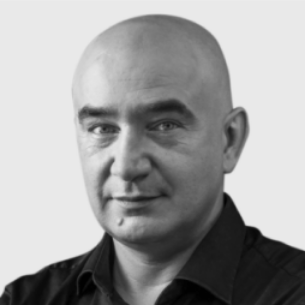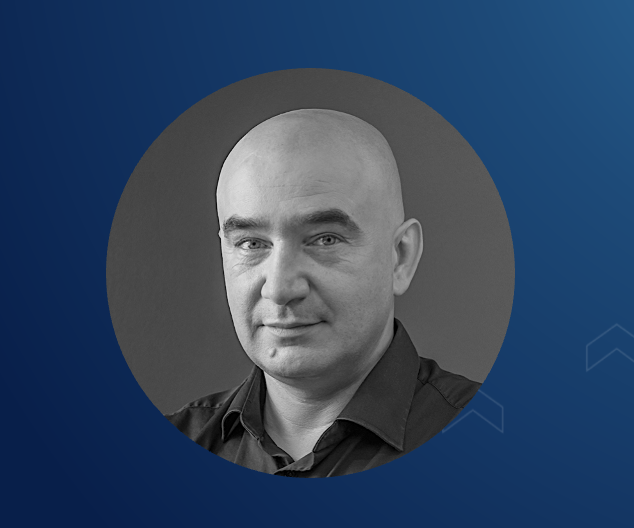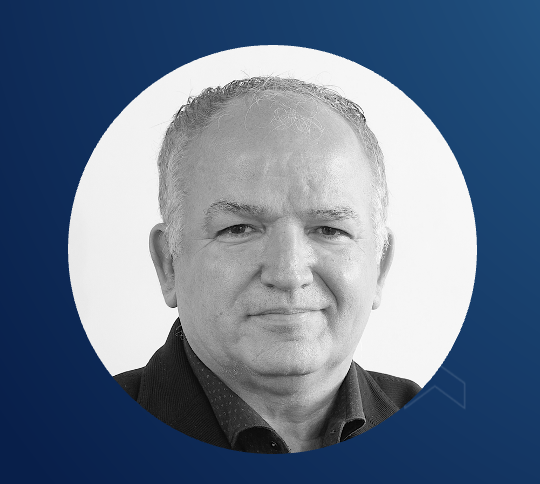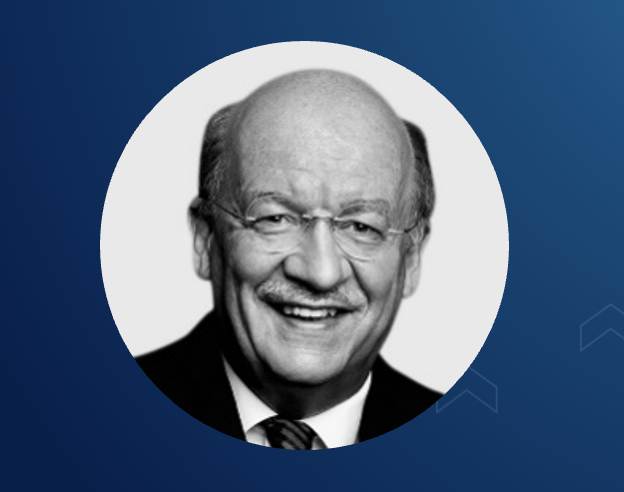Serg Bell
Founder & Chairman of the Board of SIT, Chairman of the Board of Governors of JUB, Founder & CRO of Acronis

Serg Bell
Founder & Chairman of the Board of SIT, Chairman of the Board of Governors of JUB, Founder & CRO of Acronis

Fabio Pamolli
President & Chairman of the Executive Committee of JUB, Member of the SIT Strategic Advisory Board, Member of the Investment Committee of EFSI at EIB, Chairperson of the Investment Committee Permanent Member (InvestEU)

Serg Bell
Founder & Chairman of the Board of SIT, Chairman of the Board of Governors of JUB, Founder & CRO of Acronis

Fabio Pamolli
President & Chairman of the Executive Committee of JUB, Member of the SIT Strategic Advisory Board, Member of the Investment Committee of EFSI at EIB, Chairperson of the Investment Committee Permanent Member (InvestEU)

Prof. Fabio Pammolli
President of JUB University

Dr Serg Bell
Founder & Chairman of the Board of SIT, Chairman of the Board of Governors of JUB and Founder and Chief Research Officer of Acronis

Prof. Rino Rappuoli
Bio-technopole Siena
In the fight of the immune system against viruses and cancer, recognition occurs on the micro- and nanometer scale. Understanding these recognition events and modifying these nanoscale materials is crucial to the design of vaccines and therapies. For this discovery process, and for bringing its fruits to the market, the creative approach of academic research groups is essential. I will showcase two examples.

Prof. Sebastian Springer
Prof. of Biochemistry & Cell Biology, Constructor University

Dr Vasily Kazey
Senior Scientist & Manager, ChemDiv
Health care systems as well as environment worldwide are facing several challenges. Aging of the population, chronic disease, spending on health, pandemics, environmental pollution request a novel generation of diagnostic platforms. While conventional labs and their clinical analysis instruments are quite important given their sensitivity, information capability, including their suitability for basic research, they still suffer from issues such as their high costs, being time consuming, requesting sophisticated equipment, trained users, certain facilities, etc. Point of care devices (POC) are a great alternative to face overall urgent needs but also for our everyday health care and environment control. The development of POCs is one of the most important R&D in the areas of health diagnostics, environment control, and safety/security control of food. The demand to develop innovative, cost effective & sustainable devices and fabrication technologies with interest for health and environment care is increasing day by day. The development of such devices is strongly related to new materials and technologies being nanomaterials and nanotechnology of special role. These devices should be REASSURED: Real-time connectivity, Ease of specimen collection, Affordable, Sensitive, Specific, User-friendly, Rapid, Robust, Equipment-free, Delivered to those who need it. How to design simple plastic/paper-based biosensor architectures including wearables through printing or stamping? How to tune their analytical performance upon demand? How can one couple nanomaterials with paper/plastics and what is the benefit? Which are the perspectives to link these simple platforms and detection technologies with mobile communication? I will try to give responses to these questions through various interesting examples with particular interest for clinical and environment emergency applications that include important biomarkers (ex. cancer cells, virus, etc.) as well as highly toxic compounds in environment (heavy metals, pesticides). These devices and corresponding technologies are related to ubiquitous fabrication methods that would be quite important for democratizing diagnosis and improving healthcare coverage as well as environment monitoring industry.

Prof. Arben Merkoci
Group Leader Nanobioelectronics, ICN2, ICREA

Dr John Pena
CEO of QDTI
Today large neural language models are becoming more capable than ever before. They are helpful to realize scalable human-computer dialogue systems in open-domains for conversational assistance and metaverse applications. Google’s recent PaLM system with up to 540 billion model parameters was built by fine-tuning Transformer-based neural language models trained on 6144 Tensor Processing Unit (TPU) chips as ASICs for the acceleration of extremely parallel machine learning,
But systems like BERT, GPT-3, LaMDA, and PaLM don’t yet achieve human-like language understanding and behave more like super parrots, since they have no explicit representation of the communicative intent of their utterances, have only a very limited grounding of the meaning in the real world and are not able to deal meta-dialogues, since their introspection ability is very limited.
In this talk, we will show that a human-like dialogue system must not only understand and represent the user’s input, but also its own output. We argue that only the combined muscle of data-driven deep learning and model-based deep understanding approaches will ultimately lead to human-like dialogue systems, since language understanding is AI-complete. We introduce DFKI’s recent projects on large language models for all European Language languages like openGPT-X.

Prof. Wolfgang Wahlster
Founding Director and CEO, DFKI
Digital characters are increasingly used in different areas such as learning and healthcare. Digital characters can be used at various locations like classrooms, museums, and historical monuments to deliver learning content. In psychiatry and mental health counseling, digital avatars have been demonstrated to significantly reduce psychological distress, support open communication, and facilitate positive behavioral changes.
In this talk, the possibilities of digital characters will be demonstrated based on an interactive platform developed by ETH Zurich, where the user can talk to a digital Albert Einstein character. Future trends in improving communication with digital characters, such as large language models and voice synthesis, will also be discussed.

Dr Rafael Wampfler
Computer Science Dep., ETH Zurich

Dr Sergey Markov
SaluteDevices

Prof. Andrey Ustyuzhanin
Prof. Machine Learning, IFIM-NUS

Prof. Werner Nau
Dean, Constructor University

Dr Stanislav Protassov
Co-Funder & Technology President, Acronis

Vassili Philippov
MEL Science

Prof. Mikhail Lukin
Prof. Quantum Optics, Harvard University

Prof. Renato Renner
Prof. Of Physics, ETH Zurich

Prof. Tommaso Calarco
Director, Institute for Quantum Control, Forschungszentrum Jülich

Prof. Serguei Netessine
Senior Vice-Dean, Wharton School & SAB member Constructor Group

Dr Jacob-Orry Fierer
Director Business development, YEDA Weizmann Institute of Science

Prof. Yuri Levin
Founding CEO, SIT Learning
© 2022 All rights reserved.